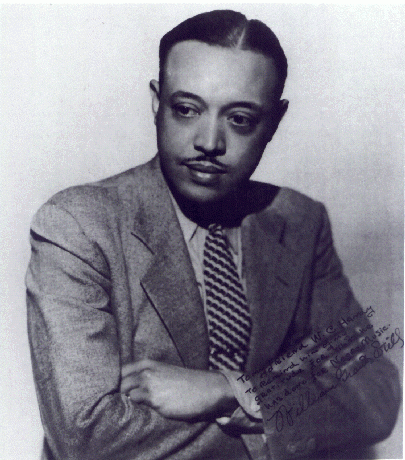
Soon to be made public, after the last details are finalized.
In about a month, in the afternoon of June 19th, at Fort Dupont in the National Park in Anacostia, there will be a concert given at the open-air theater there. The concert is being called “Opera In Color”, and is a presentation of selections from operatic works by black composers. The concert is being given as pat of the day’s “Juneteenth Community Celebration”, which is being sponsored by the Education Department of the Washington National Opera. The selections will be performed by members of the cast from WNO’s recent production of Porgy & Bess.
This is the first presentation of an education initiative that has hopes of becoming an annual event, as well as an ongoing opportunity to reach deeper into DC communities.
In a gift of luck, I have found myself involved in fashioning the program for this first concert event, and meeting some very supportive people along the way.
To my mind there are any number of black composers, working in the art form of opera, who should be on a list of presentation and given platform. Some names come out of history, and some others are contemporary. Working within the bounds of a specific amount of performance time, and wanting to present something of a ‘time line’ of composers and progression, I identified Clarence Cameron White and William Grant Still, as an appropriate place to start.
Clarence Cameron White’s opera, Ouanga, was written in 1931. A copy of the score is in the Library Of Congress, where I’ve been spending some time, researching composers, and pouring over the Library’s incredible collection of scores, artifacts and memorabilia. There are many distinctions to this opera, but one of the most interesting and important is that Ouanga was performed on May 27th, 1956, at the old Metropolitan Opera House, which was at 39th & Broadway, in New York, and was presented by the National Negro Opera Company, which was a resident company in Washington, DC, run by the indomitable Mary Cardwell Dawson. What is incredible to note in this, is that the performance occurred just over a year after Marian Anderson’s historic debut, of January 7, 1955, on that same Met stage.
Reaching out to William Grant Still Music, I found my inquiry answered by the composer’s daughter, Judith Anne Still, who was very responsive to the idea of the program, and kindly offered us selections from her father’s opera Troubled Island for presentation. Composed in 1939, to a libretto by Langston Hughes and Verna Arvey, the opera premiered at the New York City Opera on March 31, 1949. This event marked the first time that such a substantive work, by a black composer, was presented by a major opera company.
Looking to platform some contemporary works, I reached out to the composer Jeffrey Mumford, who is a native of Washington, DC, and an internationally esteemed composer and educator who has taught at the Washington Conservatory of Music. In addition to his compositional activities, Jeffrey is presently Distinguished Visiting Professor at Lorain County Community College, in Ohio, where he is engaged in building a Composition Program, as well as running a concert series, called "Signature Series".
Jeffrey was also very engaged by the concept of the Opera In Color Concert, and kindly offered two vocal pieces, for mezzo and piano for inclusion.
Bruce Taylor, head of the WNO Education Department, reached out to the celebrated composer, and virtuoso performer, Anthony Davis, and received selections from the composer’s opera Amistad.
[slideshow]
The day's events are free of charge. I will link information on the event in upcoming blog posts, and as items are finalized.
A very important journey begins with this concert, plat-forming black composers presenting themselves in an art form often deemed archaic, if not exclusively white and European, to show the veins of vitality, innovation and individuality, in subject matter and musical language, that moves forward through the form, and strives to communicate aspects of black history, black artistry and contemporary social dialogue, in a medium that reaches a world view.
